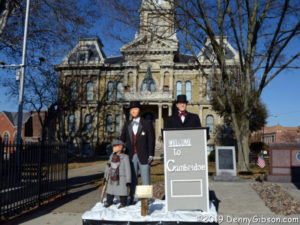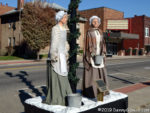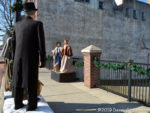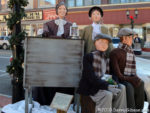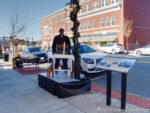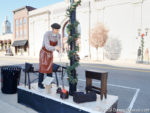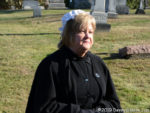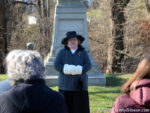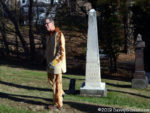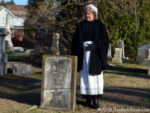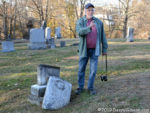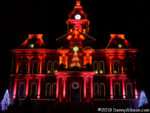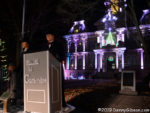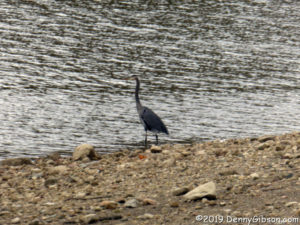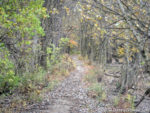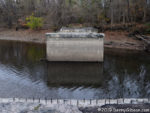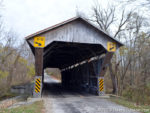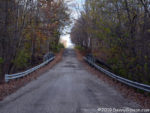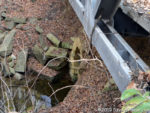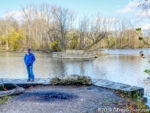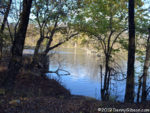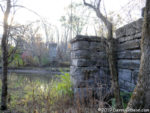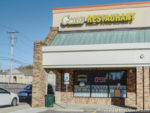 For 2020, the Cincinnati Museum Center is holding a series of after-hour events under the heading Museum on Tap. The first, “Space Gallery Pub Crawl”, was in January and associated with the Apollo 11 exhibit then in place. The second, “Aaron Burr: American Bastard”, happened on Thursday, and I was there.
For 2020, the Cincinnati Museum Center is holding a series of after-hour events under the heading Museum on Tap. The first, “Space Gallery Pub Crawl”, was in January and associated with the Apollo 11 exhibit then in place. The second, “Aaron Burr: American Bastard”, happened on Thursday, and I was there.
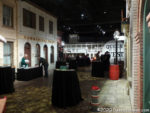
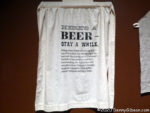 The “on tap” in the series’ name comes from the fact that adult beverages are available. While there are no actual taps dispensing draft beer, there is beer in cans and bottles along with wine and spirits. These beverages were offered at four different locations including two in the Public Landing area. One reason the cobblestone street was fairly empty when I arrived was that many attendees were standing in lines at the other two service locations I’d passed on the way. Event literature admits that the Public Landing of the 1850s is somewhat more modern than the Cincinnati Mr. Burr would have seen but it’s q better fit than, say, the Hall of Dinosaurs.
The “on tap” in the series’ name comes from the fact that adult beverages are available. While there are no actual taps dispensing draft beer, there is beer in cans and bottles along with wine and spirits. These beverages were offered at four different locations including two in the Public Landing area. One reason the cobblestone street was fairly empty when I arrived was that many attendees were standing in lines at the other two service locations I’d passed on the way. Event literature admits that the Public Landing of the 1850s is somewhat more modern than the Cincinnati Mr. Burr would have seen but it’s q better fit than, say, the Hall of Dinosaurs.
 The museum’s gathering was set in 1807 and, while Burr was not present himself, several of his friends, acquaintances, and accomplices were. Pictured, from left to right, are boat builder Leonard Armstrong, Senator John Smith, Charlotte Chambers Ludlow (widow of Cincinnati founder Israel Ludlow), and Mayor James Findlay. Smith aided Burr in his schemes, Findlay hindered him, and Armstrong and Ludlow were attentive observers.
The museum’s gathering was set in 1807 and, while Burr was not present himself, several of his friends, acquaintances, and accomplices were. Pictured, from left to right, are boat builder Leonard Armstrong, Senator John Smith, Charlotte Chambers Ludlow (widow of Cincinnati founder Israel Ludlow), and Mayor James Findlay. Smith aided Burr in his schemes, Findlay hindered him, and Armstrong and Ludlow were attentive observers.

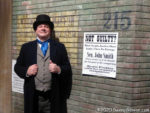 This being my first Museum on Tap experience, I wasn’t sure exactly what to expect. I thought there might be some sort of presentation but that wasn’t the case this time. I can’t say whether or not that’s true of other events in the series. A handout supplied some background on Burr’s trial for treason and his relation with Cincinnatian John Smith. This was augmented by several posters that might have appeared on the streets of Cincinnati. Chatting with the folks in period dress added details. In conversation, Senator Smith put a modern twist on things by referring to reports of his wrongdoing as “fake news”. When I asked for a solo photo, there was no question of where he wanted to pose. He smugly stepped over to the poster with his name as the words “NOT GUILTY” while ignoring the question mark and the smaller print as only a practiced politician can.
This being my first Museum on Tap experience, I wasn’t sure exactly what to expect. I thought there might be some sort of presentation but that wasn’t the case this time. I can’t say whether or not that’s true of other events in the series. A handout supplied some background on Burr’s trial for treason and his relation with Cincinnatian John Smith. This was augmented by several posters that might have appeared on the streets of Cincinnati. Chatting with the folks in period dress added details. In conversation, Senator Smith put a modern twist on things by referring to reports of his wrongdoing as “fake news”. When I asked for a solo photo, there was no question of where he wanted to pose. He smugly stepped over to the poster with his name as the words “NOT GUILTY” while ignoring the question mark and the smaller print as only a practiced politician can.
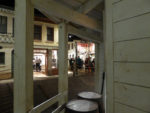

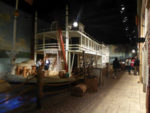 I also spoke with Mayor Findlay, who was among those calling for Senator Smith to resign, and Mrs. Ludlow, who had met Burr only once and was clearly not impressed. Onboard the Queen of the West, Leonard Armstrong happily shared his knowledge of the flatboats he built for businessmen like Smith. From the forward deck, I could see the street becoming more crowded.
I also spoke with Mayor Findlay, who was among those calling for Senator Smith to resign, and Mrs. Ludlow, who had met Burr only once and was clearly not impressed. Onboard the Queen of the West, Leonard Armstrong happily shared his knowledge of the flatboats he built for businessmen like Smith. From the forward deck, I could see the street becoming more crowded.
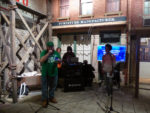
 One thing happening on the street was artists from Music Resource Center performing original material. I briefly mentally questioned the presence of hip hop music in 1807 but quickly realized that the hip hop musical Hamilton is responsible for much of the current awareness of Alexander Hamilton and the man who shot him, Aaron Burr. In fact, singing karaoke versions of Hamilton tunes was one of the activities supported by the Music Resource Center but the signup sheet was still empty when I left. An area a little bit away from the landing was designated the dueling grounds and Nerf pistols were provided for anyone wanting to recreate the Hamilton-Burr encounter. Apparently some did, as I found the pistols in various locations when I peeked in but I never caught an actual duel in progress.
One thing happening on the street was artists from Music Resource Center performing original material. I briefly mentally questioned the presence of hip hop music in 1807 but quickly realized that the hip hop musical Hamilton is responsible for much of the current awareness of Alexander Hamilton and the man who shot him, Aaron Burr. In fact, singing karaoke versions of Hamilton tunes was one of the activities supported by the Music Resource Center but the signup sheet was still empty when I left. An area a little bit away from the landing was designated the dueling grounds and Nerf pistols were provided for anyone wanting to recreate the Hamilton-Burr encounter. Apparently some did, as I found the pistols in various locations when I peeked in but I never caught an actual duel in progress.
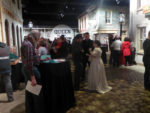 Attendees could also increase their knowledge with trivia flip cards or a scavenger hunt style bingo game and I saw quite a few people doing both. Questions on the flip cards were not Burr specific but were generally focused on the early 1800s. Bingo game questions referred to various displays throughout the public landing area. I flipped a few cards but left the bingo competition to others. That’s why I still don’t know how much Hattie Calhoun paid to update her dress.
Attendees could also increase their knowledge with trivia flip cards or a scavenger hunt style bingo game and I saw quite a few people doing both. Questions on the flip cards were not Burr specific but were generally focused on the early 1800s. Bingo game questions referred to various displays throughout the public landing area. I flipped a few cards but left the bingo competition to others. That’s why I still don’t know how much Hattie Calhoun paid to update her dress.

 Seeing things like signs, banners, and menus for local businesses bearing the logo of some large corporation is quite common. Details vary but the basic model is that the big corporation shoulders some or all of the cost and the small business gets some advertising for little or nothing. The idea is hardly new and the concept has never been restricted to purely commercial enterprises. During the last half of the 1920s, a pairing of this sort existed between a major highway and an American hereditary association. The major highway was, of course, the Dixie Highway. The hereditary association was the
Seeing things like signs, banners, and menus for local businesses bearing the logo of some large corporation is quite common. Details vary but the basic model is that the big corporation shoulders some or all of the cost and the small business gets some advertising for little or nothing. The idea is hardly new and the concept has never been restricted to purely commercial enterprises. During the last half of the 1920s, a pairing of this sort existed between a major highway and an American hereditary association. The major highway was, of course, the Dixie Highway. The hereditary association was the  The UDC was the “advertiser” in this instance. Between 1926 and 1935 the organization was responsible for at least ten plaques being erected beside the highway. It’s unclear whether or not the Dixie Highway Association was an active participant in this arrangement. Because the 1926 creation of the United States Numbered Highway System brought an end to all of the named auto trails, the DHA was not very active at this point.
The UDC was the “advertiser” in this instance. Between 1926 and 1935 the organization was responsible for at least ten plaques being erected beside the highway. It’s unclear whether or not the Dixie Highway Association was an active participant in this arrangement. Because the 1926 creation of the United States Numbered Highway System brought an end to all of the named auto trails, the DHA was not very active at this point. Combined, the previous picture and the one at right show the ten plaques in north to south sequence. The northernmost marker is in Ohio, the southernmost is in Florida, the one preceding it is in South Carolina, and the others are in North Carolina. Except for the date erected, eight of the plaques are identical. The one in Florida contains the same text as those eight but has a different image of Lee. The one in South Carolina contains different text but has the same image as the bulk of the plaques.
Combined, the previous picture and the one at right show the ten plaques in north to south sequence. The northernmost marker is in Ohio, the southernmost is in Florida, the one preceding it is in South Carolina, and the others are in North Carolina. Except for the date erected, eight of the plaques are identical. The one in Florida contains the same text as those eight but has a different image of Lee. The one in South Carolina contains different text but has the same image as the bulk of the plaques.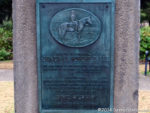
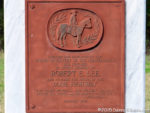

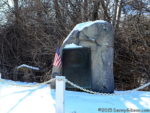

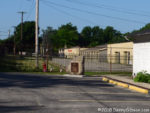

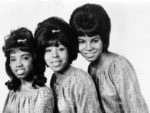

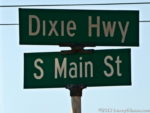
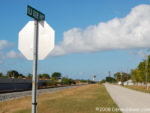
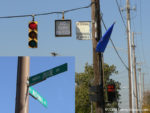


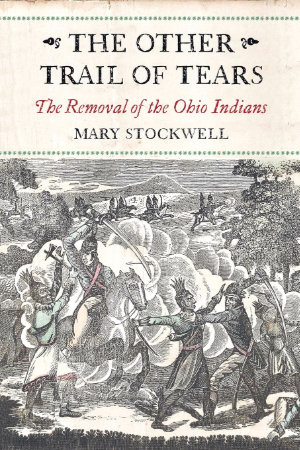 I read this book by accident and belatedly. The accident comes from a spontaneous purchase. The belated reading comes from me not realizing how good it is. I picked the book up back in June of 2018 when I went to hear Mary Stockwell talk on her just-published
I read this book by accident and belatedly. The accident comes from a spontaneous purchase. The belated reading comes from me not realizing how good it is. I picked the book up back in June of 2018 when I went to hear Mary Stockwell talk on her just-published 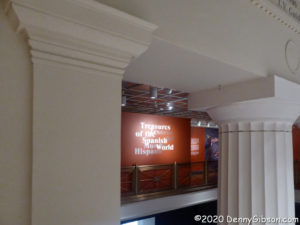
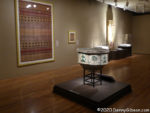
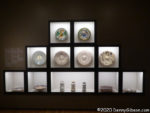
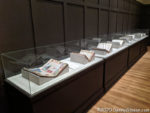
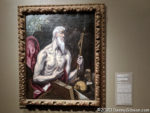
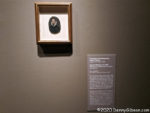
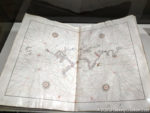

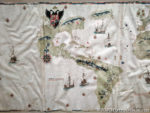
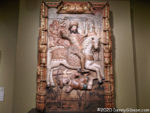
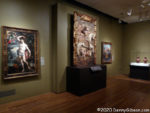
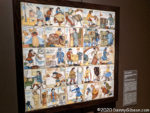
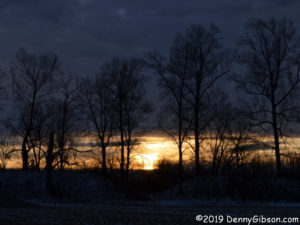
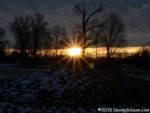

 There are things that fans of old roads or of transportation history in general falsely assume that everyone knows about. One such item is the continent crossing Motor Transport Corps convoy of 1919. In the summer following the end of the first World War, a group of military personnel and vehicles set off from Washington, DC, to test the nation’s roads all the way to San Francisco. Although he was primarily an observer on the trip, his future accomplishments make Dwight Eisenhower the member of the convoy best-known today. Michael Owen uses the future president’s nickname in naming this telling of his own retracing of the 3,250-mile-long path that some 300 men and 81 vehicles of all shapes and sizes followed a century ago.
There are things that fans of old roads or of transportation history in general falsely assume that everyone knows about. One such item is the continent crossing Motor Transport Corps convoy of 1919. In the summer following the end of the first World War, a group of military personnel and vehicles set off from Washington, DC, to test the nation’s roads all the way to San Francisco. Although he was primarily an observer on the trip, his future accomplishments make Dwight Eisenhower the member of the convoy best-known today. Michael Owen uses the future president’s nickname in naming this telling of his own retracing of the 3,250-mile-long path that some 300 men and 81 vehicles of all shapes and sizes followed a century ago.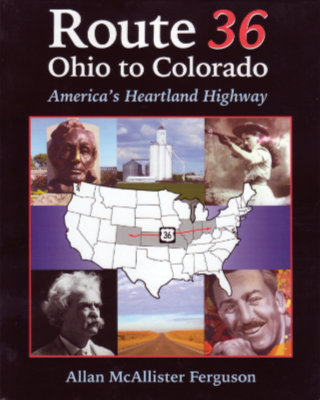 US-36 is kind of special to me. It is one of just a handful of US highways with an endpoint in my home state and one of just two that pass through my birth county. It’s even more special to Allan Ferguson. He grew up near the route in Illinois, has ancestral connections to the eastern end in Ohio, and currently lives near its western end in Colorado. It has had a role in much of his life from childhood vacations and visits to relatives to business trips and drives between old and new homes as an adult. Not all of his travels between Colorado and Illinois have been on Route 36. Not surprisingly, his early trips back home were on expressways. At some point, he tried US-36 and came to realize three things. The first was that it took no more time than driving the interstates. Between Denver and central Illinois, the US-36 is quite straight and about 100 miles shorter than either I-70 or I-80. Secondly, it was relaxing rather than stressful. The third thing he realized was that the drive was actually interesting and that realization eventually led to this book.
US-36 is kind of special to me. It is one of just a handful of US highways with an endpoint in my home state and one of just two that pass through my birth county. It’s even more special to Allan Ferguson. He grew up near the route in Illinois, has ancestral connections to the eastern end in Ohio, and currently lives near its western end in Colorado. It has had a role in much of his life from childhood vacations and visits to relatives to business trips and drives between old and new homes as an adult. Not all of his travels between Colorado and Illinois have been on Route 36. Not surprisingly, his early trips back home were on expressways. At some point, he tried US-36 and came to realize three things. The first was that it took no more time than driving the interstates. Between Denver and central Illinois, the US-36 is quite straight and about 100 miles shorter than either I-70 or I-80. Secondly, it was relaxing rather than stressful. The third thing he realized was that the drive was actually interesting and that realization eventually led to this book.